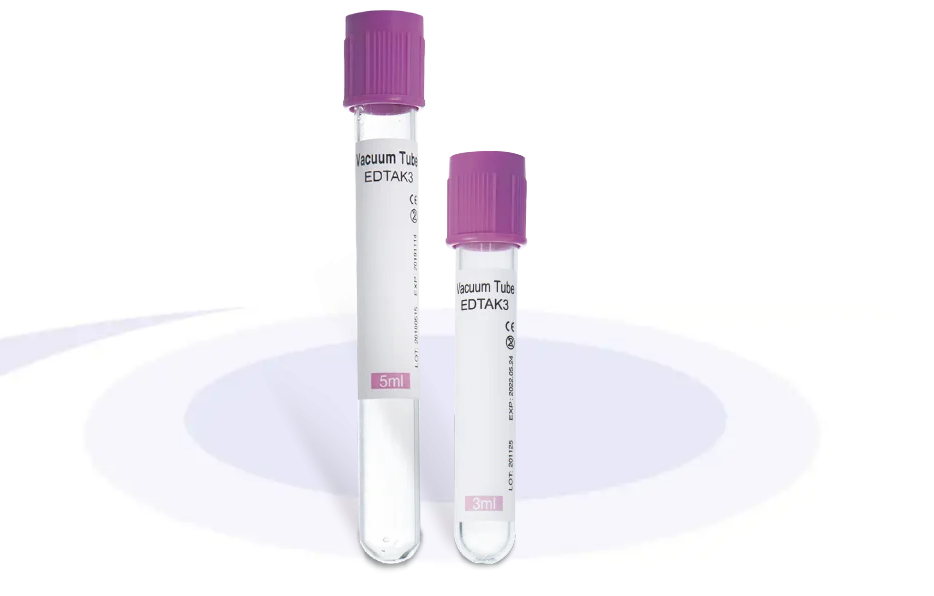In the realm of laboratory diagnostics, the blood collection tubes order of draw is a critical aspect that ensures accurate test results and effective patient care. Proper adherence to this order minimizes the risk of contamination and ensures that the samples collected are suitable for the various tests required. This article will delve into the significance of the blood collection tubes order of draw, detailing the different types of tubes and their intended uses.
The Importance of Order in Blood Collection
The blood collection tubes order of draw is established to prevent cross-contamination between different additives present in the tubes. When drawing blood, healthcare professionals must follow a systematic approach to maximize the integrity of the samples collected. Typically, the order begins with sterile tubes, such as those used for blood cultures, followed by tubes containing additives for various analyses, including anticoagulants and gel separators.
Following the correct blood collection tubes order of draw is essential to avoid erroneous laboratory results. For instance, if a tube containing an anticoagulant is filled before a tube meant for serum testing, the serum may be contaminated, leading to inaccurate results. Thus, understanding the specific functions of each tube and their respective positions in the order of draw is fundamental for laboratory technicians and healthcare providers.
Types of Blood Collection Tubes
Blood collection tubes are color-coded to indicate the type of additive they contain, making it easier for professionals to select the appropriate tube for their needs. The common types include:
Red-Top Tubes: These tubes contain no additives and are primarily used for serum testing.
Light Blue-Top Tubes: These include sodium citrate, which is used for coagulation studies.
Green-Top Tubes: Containing heparin, these tubes are used for various tests requiring plasma.
Lavender-Top Tubes: These contain EDTA and are typically used for hematology tests.
Gray-Top Tubes: These include potassium oxalate and sodium fluoride, primarily used for glucose testing.
Each of these tubes plays a vital role in the blood collection tubes order of draw. By selecting the right tube at the right time, healthcare professionals can ensure more reliable test outcomes, which can lead to better patient management.
Enhancing Efficiency in Blood Collection Practices
For businesses in the healthcare sector, understanding and implementing the blood collection tubes order of draw is essential for operational efficiency. Organizations like WEGO Medical provide high-quality blood collection tubes that feature clear labeling and high transparency, ensuring that healthcare professionals can easily identify and select the appropriate tubes. The color-coded design of WEGO’s tubes facilitates quick decision-making during blood collection, which is crucial in a fast-paced clinical environment.
In conclusion, adhering to the blood collection tubes order of draw is vital for obtaining accurate laboratory results. By utilizing quality products such as those from WEGO Medical, healthcare facilities can enhance their blood collection processes, ultimately improving patient outcomes and operational efficiency.
